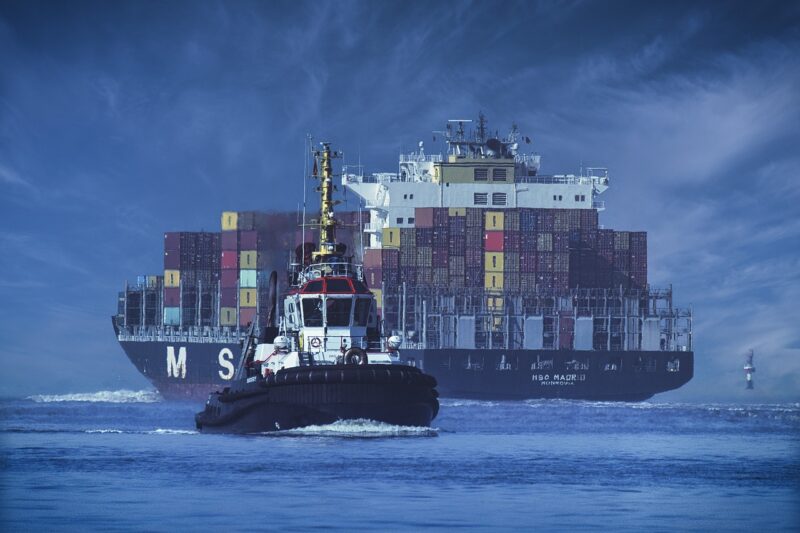-
Ocean freight container shipping spot rates rose last week but not as much as their recent dramatic growth in May and early June
-
The pressure within the ocean freight container shipping system is still at “severe levels” due to the ongoing Red Sea conflict, congestion at ports in Asia and the Mediterranean, equipment shortages, and shippers frontloading imports ahead of the Q3 peak season
Ocean freight container shipping spot rates on major trades from the Far East rose last week but not as much as their recent dramatic growth in May and early June, according to the latest projections by Xeneta.
Compared to the June 1 increase of 20%, the average spot rates from the Far East to the US West Coast was to have increased by 4.8% on June 15 to $6,178 per 40 foot equivalent container (FEU).
For the same period, from the Far East to the US East Coast, rates were expect to grow by 3.9% or to $7,114 per FEU. On June 1, the hike was 15%.
Xeneta chief analyst Peter Sand said, “Any sign of slowing in the growth of spot rates will be welcomed by shippers, but this is an extremely challenging situation and it is likely to remain so.”
Sand added the market is still rising and some shippers face the prospect of not being able to ship containers on existing long-term contracts.
Average spot rates from the Far East to North Europe were seen to increase by 10% on June 15, reaching $6,357 per FEU. Deemed a still significant mid-month hike, it is viewed as an “extremely” significant movement in isolation.
From the Far East to the Mediterranean, average spot rates are to have risen by 7.2% to $7,048 per FEU on June 15 against the 19% rise on June 1.
“Compared to mid-December last year before the outbreak of conflict in the Rea Sea, average spot rates from the Far East are up 276% into the West Coast and 316% into North Europe,” said Sand, adding “these are huge financial hits for shippers to absorb.”
The pressure within the ocean freight container shipping system is still at “severe levels,” he noted, due to the ongoing Red Sea conflict, congestion at ports in Asia and the Mediterranean, equipment shortages, and shippers frontloading imports ahead of the Q3 peak season, according to Sand.
There is also the breakdown of labor negotiations and threat of union action at US East Coast and Gulf Coast ports, which will add more pressure and “move the needle further into the red.”
Sand said it was worth considering the potential impact that spiraling spot rates can have on inflation in the US and Europe if the rising costs are eventually passed on to end consumers.
For now, it is unlikely that spot rates will reach the levels experienced uring the COVID-19 pandemic, but there are many factors in play.
“It is not possible to predict the market with any degree of certainty,” said Sand.









